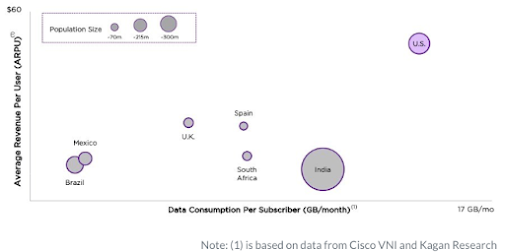Free speech always has been a difficult and complicated subject in the United States. Time, place and manner restrictions have been upheld as lawful. But the First Amendment to the U.S. Constitution only binds the federal government.
The Amendment says “Congress shall make no law. respecting an establishment of religion, or prohibiting the free exercise thereof; or abridging the freedom of speech, or of the press; or the right of the people peaceably to assemble, and to petition the Government for a redress of grievances.”
Over time, many have emphasized a few key words. It is “Congress” that can “make no law” regarding the “establishment” of any religion or abridging “freedom of speech” or “press.”
The Constitution therefore restricts the federal government, not other entities, jurists have concluded. But the meaning of “make no law” has been debated. Though intended to protect political speech, the courts have, over time, concluded that other forms of expression with political implications also are protected.
All those issues now are complicated, many would argue, by suppression of political speech by social media platforms. To be sure, such entities are not bound by the First Amendment to the U.S. Constitution. Neither are newspapers, radio stations or other publishers of content.
But such issues have been raised before. Consider the issue of “who is the speaker whose rights are protected? In the 18th century the right was said to be held by the owners of printing presses. In the 21st century it is social media platforms.
But where jurists might agree that a newspaper is a “speaker” for reasons of protection, who is the “speaker” on a social media platform? Is it the platform (which insists it is not responsible for the views expressed on its sites) or the users of the platform?
And, to be sure, in either case, no matter which definition is used, the constitutional protection of speech might not apply. The platform, speaking for itself as a legal entity, has the right to express its own views. What is unclear is whether, for all other purposes, the views expressed on the platform are distinct.
Though courts have refused to consider private property venues areas of protected speech, that arguably remains an issue. In other words, is a major social media platform the equivalent of the village commons. So far, courts have not agreed.
Still, naked suppression of political speech arguably rankles most people. And at least so far, none of the historical precedents seem to provide much room for adapting First Amendment law to 21st century political speech.

